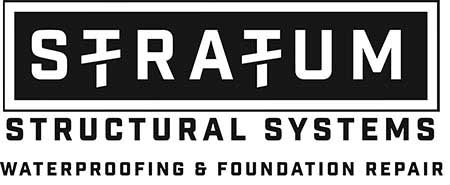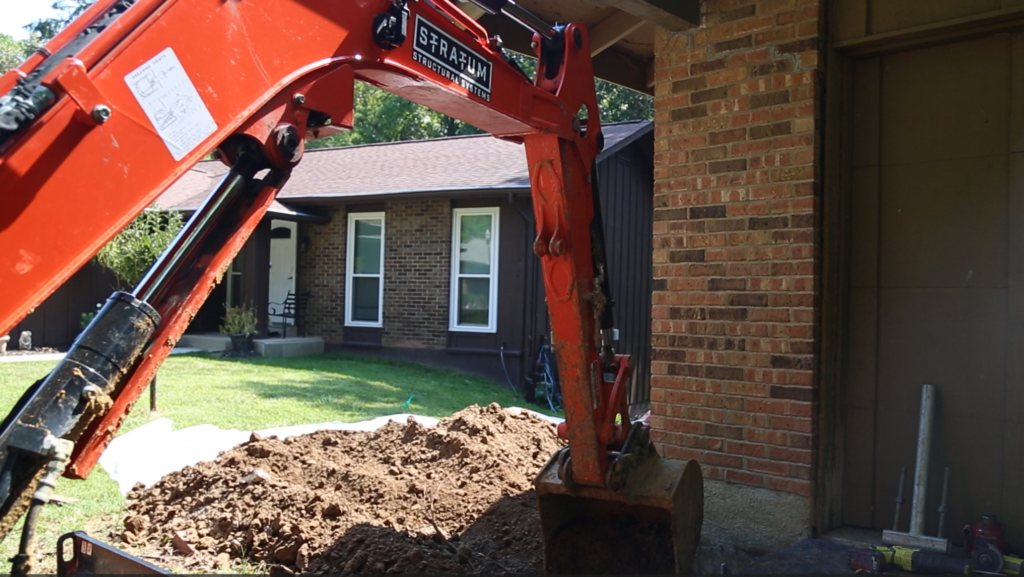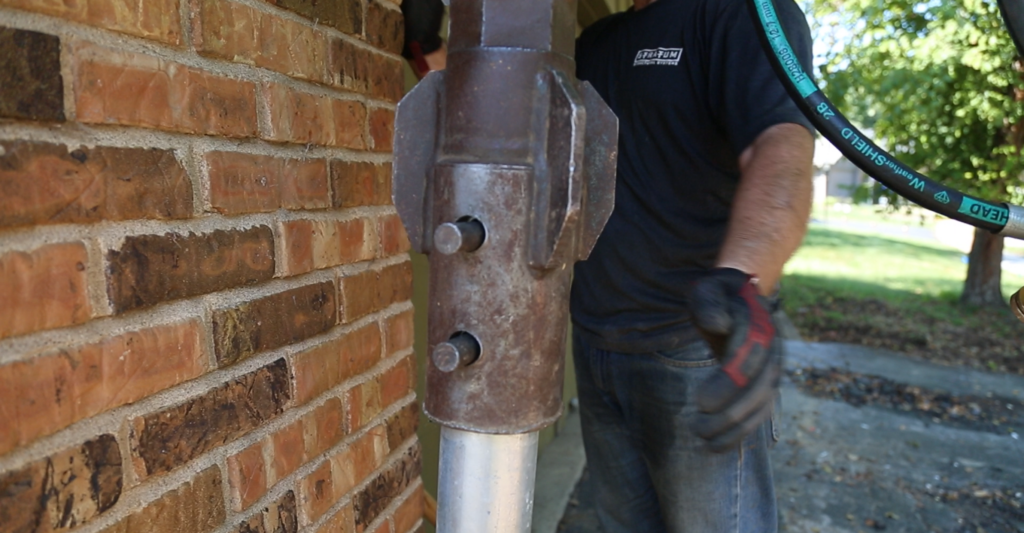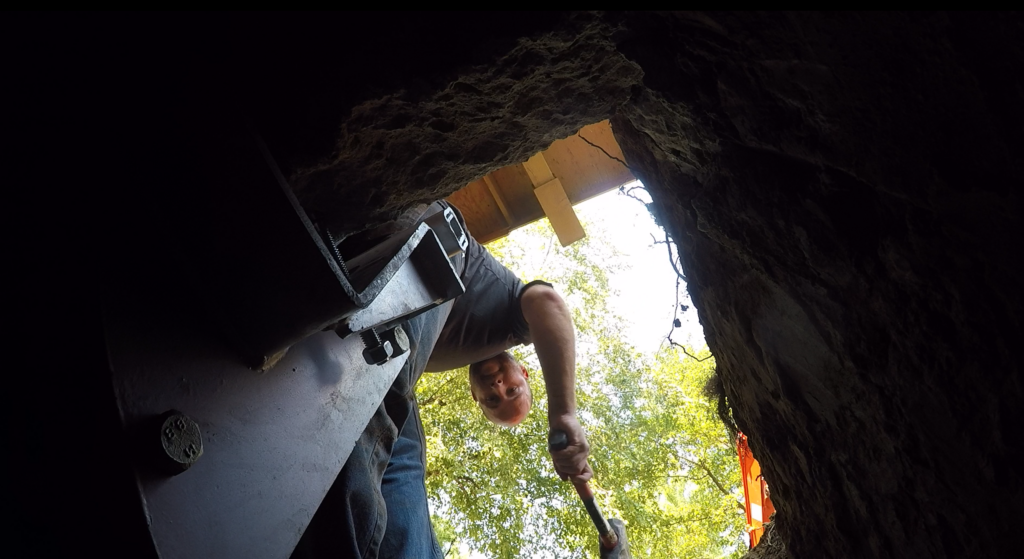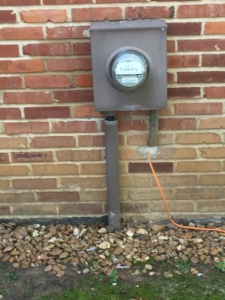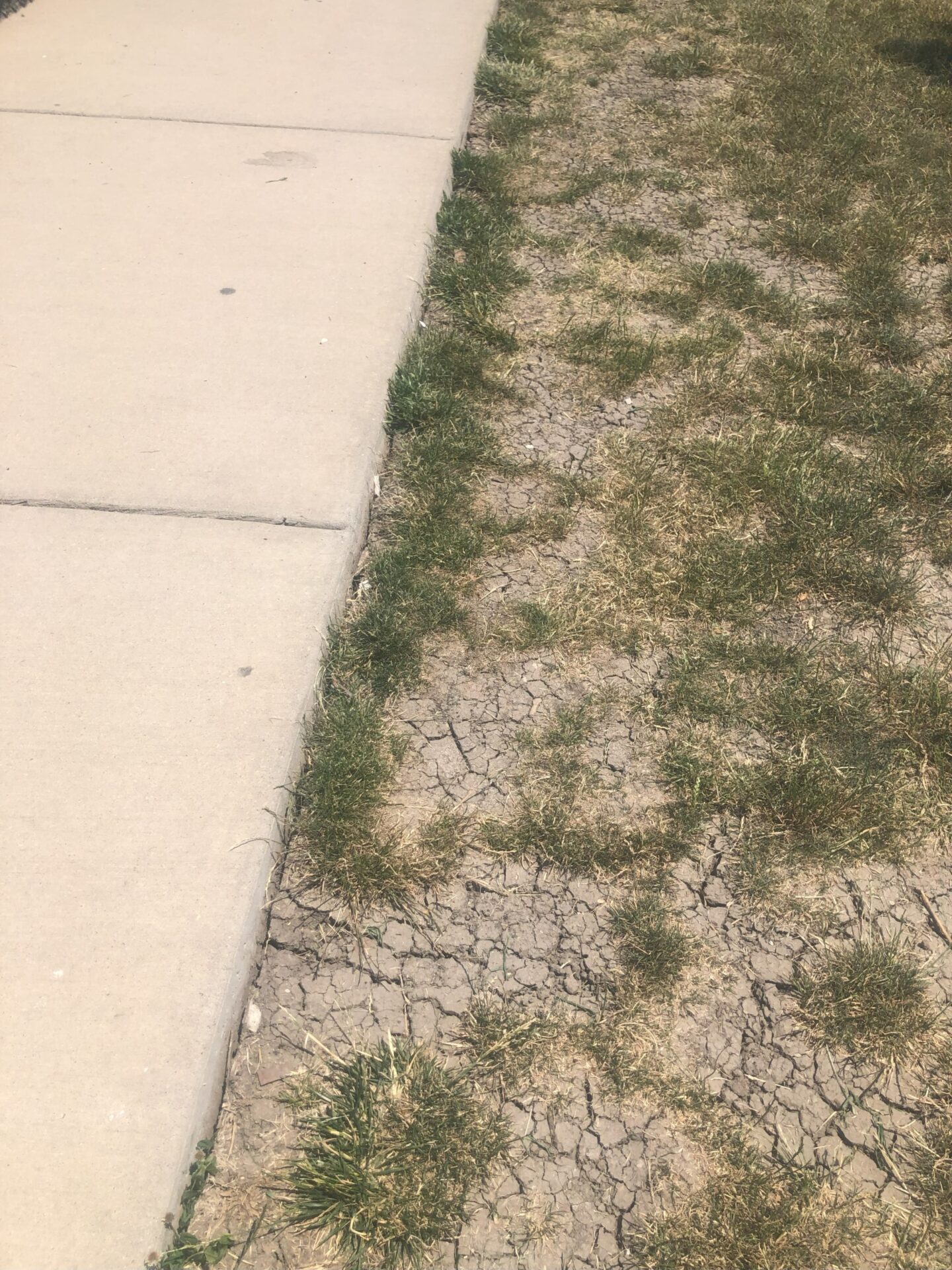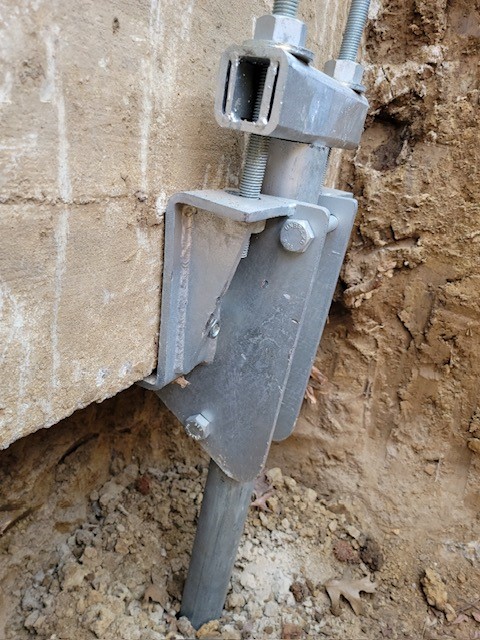How to Fix A Settling Foundation
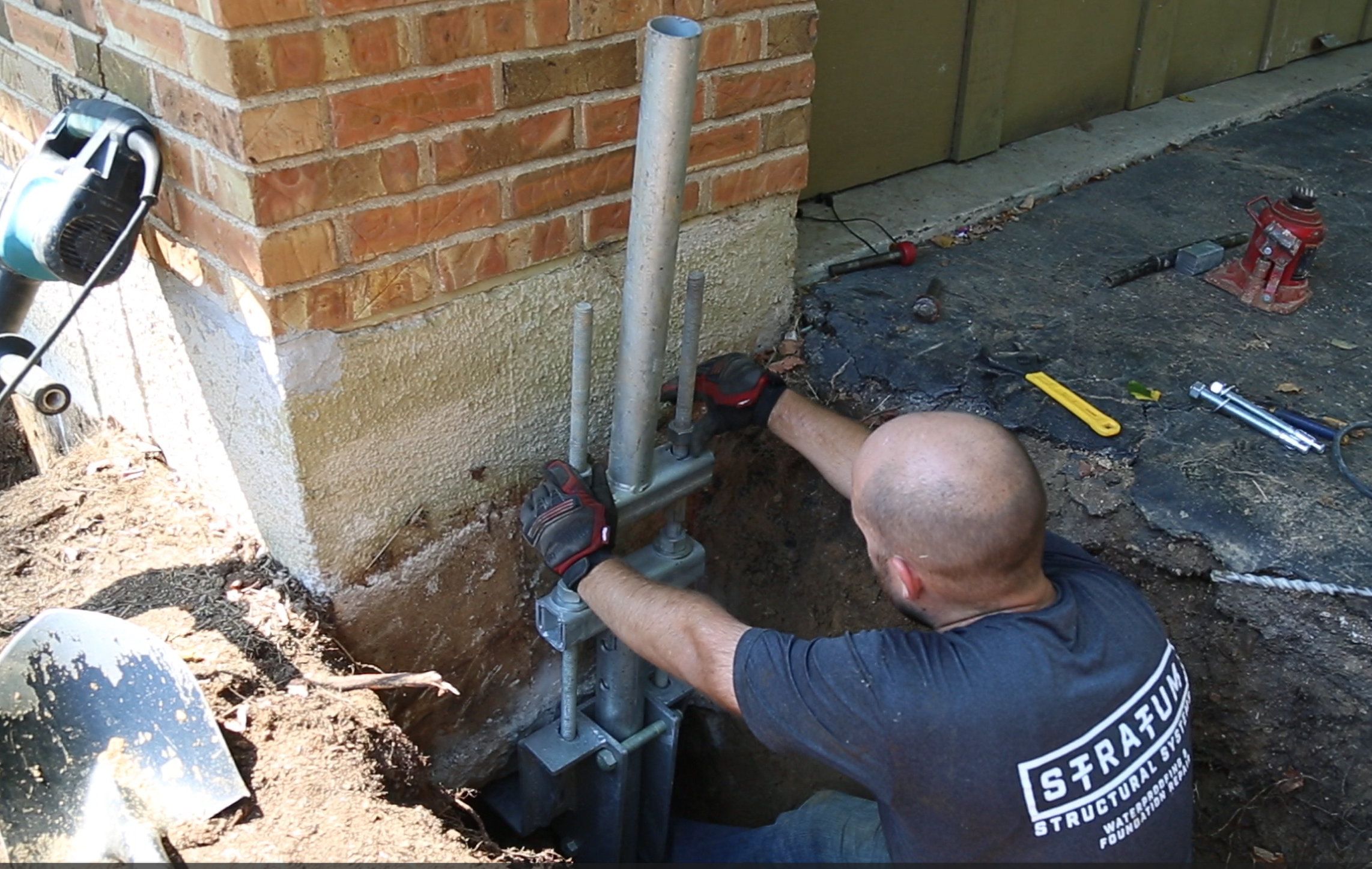
Your home is a stable, stationary structure, but sometimes the ground around it is not. Whether new or old, homes are prone to some natural settling and shifting over time as the foundations situate themselves into place, gradually sinking into the ground. However, this natural settling is not always kind to the home’s structural integrity, leading to some potentially major issues. Depending on the soil structure beneath and around your home as well as the climate you’re in, your home could be subject to more intense foundation settling than what’s commonly expected. Understanding the warning signs of a poorly settling foundation, the potential consequences if left untreated, how to fix a settling foundation, and when to contact a foundation repair contractor will help keep your home stable and safe for years to come.
What are the Signs of a Settling Foundation?
Foundation settlement can create subtle warning signs in your home, making it possible for the problem to go unnoticed for months or even years. However, as warning signs become more obvious, it’s likely that your home is already experiencing extreme foundation settlement issues.
Hopefully, you’ll never have to experience this sort of problem. But should you be faced with it keep these common signs of foundation problems in mind:
- Drywall cracks: Cracks will commonly appear along walls, in corners, in the ceiling, and around door frames. In cases of extreme settling, the wall will actually separate from the floor or ceiling. If the cracks are unusually large or more obvious in the home’s upper levels, or if they appear to change size during the seasons, you’ll know you have a foundation issue. In addition to cracks, you may notice some wallpaper wrinkling if you have that in your home.
- Cracked slab floor: Much like the walls, cracks in any part of a slab floor indicate foundation settlement.
- Damaged doors and windows: Doors and windows are also susceptible to foundation problems. Settling may cause them to separate from the framing or exterior finish, and you may notice cracks extending from the corners above them. Your doors and windows may begin to stick, jam, or even stop working altogether.
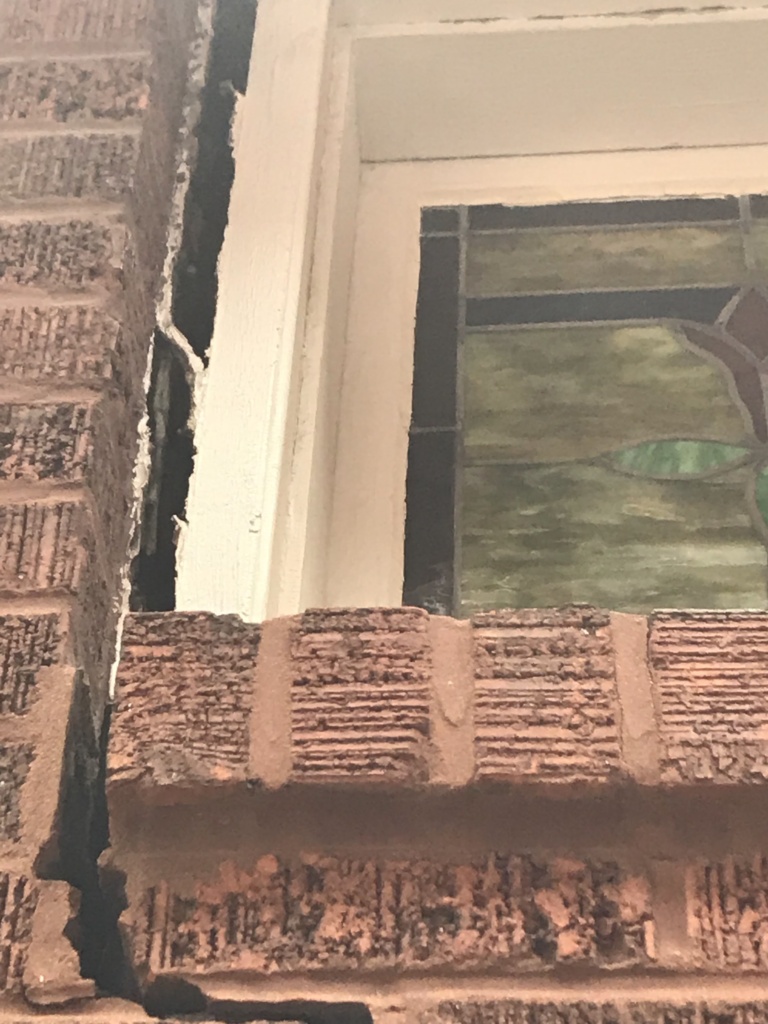
- Tilting chimney: Some chimneys are built on a footing that is independent of the home’s foundation. Other chimneys are built on a foundation that is too thin to support the weight of the chimney. In these cases the chimney could appear to tilt in a direction away from the home. Because many chimneys are made of brick or stone, they are typically quite heavy, making them even more susceptible to settlement. Any signs of separation from your home should be checked out by a professional as soon as possible.
- Stair-step cracking: Seeing this on your home is a tell-tale sign you have foundation settlement. They will typically begin as small, vertical foundation cracks but will widen with time, become uneven as the wall sections tilt away from one another, or become “V” shaped, appearing wider at the top than at the bottom.
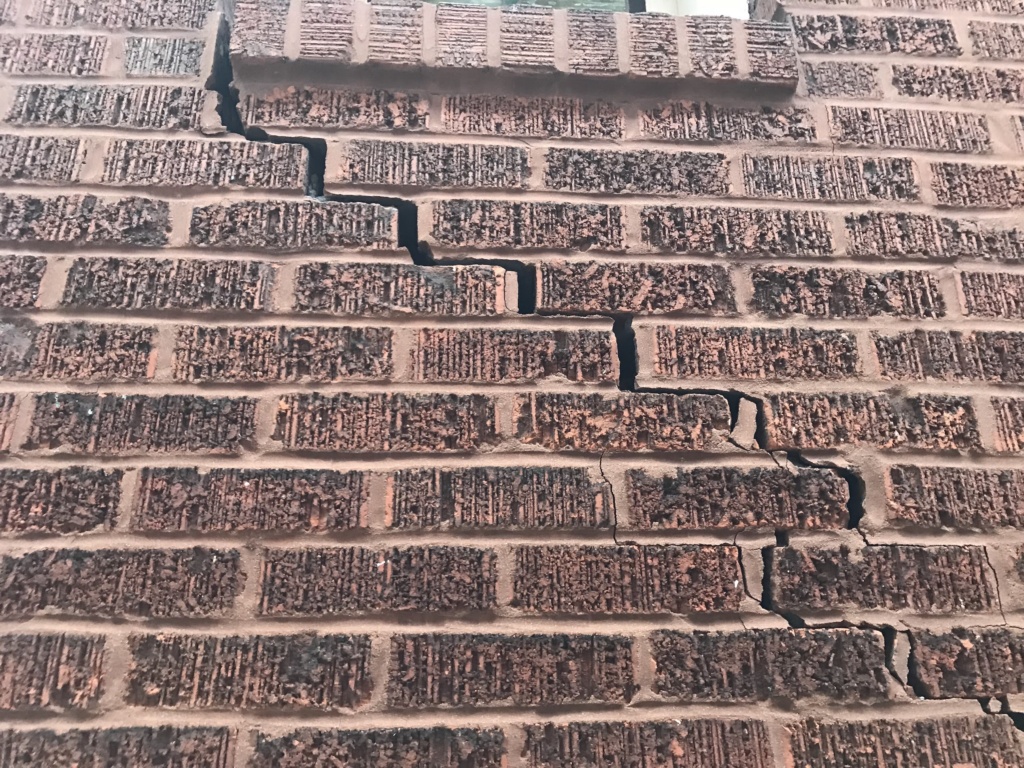
Leaving these issues unaddressed will allow them to worsen, causing other home problems and creating easy entry points for insects, rodents, and moisture that can cause mold and mildew growth. In some cases, foundation issues can even cause a home to become uninhabitable. While some homeowners may choose to take a DIY approach when diagnosing or even repairing issues, these will most likely be only temporary fixes that mask the underlying problem, resulting in the need for more extensive repairs in the future.
Properly Diagnosing a Foundation Issue
If any of these signs appear in your home, it’s important to inspect them immediately to ensure you have the right diagnosis. Diagnosing a settling foundation is more than just knowing it’s happening. You have to be able to identify why it’s happening to ensure that when the repair is complete, it offers a long-lasting result. A professional foundation repair contractor will be able to identify the issue and the cause, and provide advice on the ideal foundation repair method to resolve the settling.
Common Causes of Foundation Settling
A settling foundation can occur for several reasons, from soil-related issues to water-related issues or structural factors. Here are some of the most common reasons a home has problematic foundation settlement:
- Drying soil: In the summer, the soil around your home will typically begin to dry out. In particular, clay soil will shrink when dry, leading to voids between the structure and the ground, causing foundation settlement and structural damage. Your soil could also become dry if you have a leaky HVAC system within your subfloor.
- Poorly compacted soil: When building homes, builders typically use soil from other locations to fill any hollow areas or gaps. In order to carry the weight of the building, the soil is compacted with heavy equipment before placing the foundation. If it was improperly compacted, the home is built without adequate support, eventually causing foundation issues.
- Soil types: The type of soil around the home will affect the foundation. Clay soil expands when wet and contracts when dry. Sandy soil offers decent water drainage. Some soils are simply not ideal for supporting the weight of a building. If a builder isn’t paying much attention to the area’s soil composition, it could be built without the right support or accommodations, leading to settlement issues down the road.
- Saturated soil: Too much water in the soil around the foundation will easily cause settlement due to weakened load-bearing capacity. This can occur due to heavy rains, flooding, plumbing leaks, or a raised groundwater table. Water will push soil out from beneath the home and create a void that can easily sink a home or building. When the water freezes, the soil expands, bringing it closer to the surface. Proper site drainage is essential to ensure subsoils maintain as close to uniform moisture content as possible all year long.
- Vegetation: Plants, trees, or any other vegetation near the home can cause settling. Roots catch moisture from the soil, causing it to dry and shrink. Although issues caused by vegetation may not be apparent or visible for years or even decades, it can result in the same settlement issues. However, this is more likely to happen with shallow foundations than basement-level or deeper piers extending down many feet.
- Vibrations: Soil can be moved due to vibrations from seismic activity, trains, nearby structural work, or even excessive traffic. These vibrations can cause the soil to shift or settle unevenly, causing structural damage.
Types of Foundation Repair Methods
When it comes to foundation repairs, there are a variety of solutions available. Choosing the right one will depend on the root cause of the foundation settling.
- Sealants and Masonry Patches: Small foundation cracks can sometimes be repaired by simply patching and covering it with a waterproof masonry sealer. Some common sealants include hydraulic cement, vinyl concrete, epoxy, silicone, or polyurethane. Which type or mixture will depend on the crack’s severity. These patches may also be implemented with other larger structural repairs to protect the foundation from water.
- Slab jacking: Used to lift concrete that is uneven or sinking, slab jacking is also known as mud jacking, concrete lifting, or slab leveling. Slab foundations will sink or tilt when the supporting soil shifts or collapses. This method is done by drilling two-inch holes through the concrete foundation and into the sunken spaces below. A natural solution, such as soil or cement, is injected through the hole to fill the void and, as the solution expands, the slab is raised back into place. This can also be done using polyurethane. This is ideal for smaller jobs, such as raising a porch, steps, a deck, walkway, garage floor, or driveway. However, this method is considered a short-term fix and may need to be repeated every few years.
- Piling: This is a long-term solution to foundation problems that will perform much better than slab jacking at returning the foundation back to its original level. There are a few different ways piling can be done: concrete piers, pressed pilings, steel piers, and bell bottom piers.
- Pressed concrete pilings: Durable foundation piers used for interior and exterior repairs; these work well on pier and beam houses and concrete slab foundations. For proper installation and stability, these need to be driven deeply into the ground, usually about 12 feet deep.
- Poured concrete piers: For residential repairs, poured concrete piers are driven roughly 10 feet deep and require 7 to 10 days for the foundation leveling to cure. These take longer to install than pressed concrete pilings because they are not already cured at the time of installation.
- Bell bottom concrete piers: Belled concrete piers are similar to poured, but the bottom has a bell-shaped “foot” that is designed to provide a wide area of support. Similarly to poured concrete piers, these are built by pouring concrete into an excavated hole and placing steel inside.
- Steel piers: These are highly recommended as a permanent foundation repair solution as steel piers are strong and can be driven as deep as 100 feet to provide incredible stability to the foundation. Even in expansive clay soil, the piers will not move because they are driven down into the bedrock.
- Helical steel piers: Also known as anchors, helical piers are common for repairing lightweight concrete slab foundations and pier and beam foundations. These can also be used to secure new foundations, and when conditions prevent the use of other methods. Helical piers are threaded into the ground to a predetermined load capacity. The weight of the structure is then transferred to the piers and the load-bearing soil.
Can You Fix a Settling Foundation Yourself?
When it comes time for home repairs, many homeowners naturally look for ways to save money. If you notice foundation issues, there are some things you may be able to handle yourself. Filling cracks or addressing minor drainage issues around your home can be simple to do, but the truth is, these are only temporary solutions to a much larger issue, and you’ll only be putting off the inevitable — or allowing your foundation issues to get worse. A true foundation repair will require a solution from a specialist to fix. Achieving a long-term resolution to your settling foundation is not something easily achieved through a DIY approach.
Fix it Right the First Time With a Qualified Foundation Repair Contractor
If you suspect foundation settlement issues, it’s important not to delay. A settling foundation can cause many issues that could eventually make your home uninhabitable if left unaddressed. Contact a professional right away to inspect the issue and determine the root cause in order to fix the problem properly. At Stratum Structural Systems, we offer the experience and tools to properly address your foundation settling and other foundation issues to improve the overall structural integrity of your home. Contact us today and schedule a free quote.
